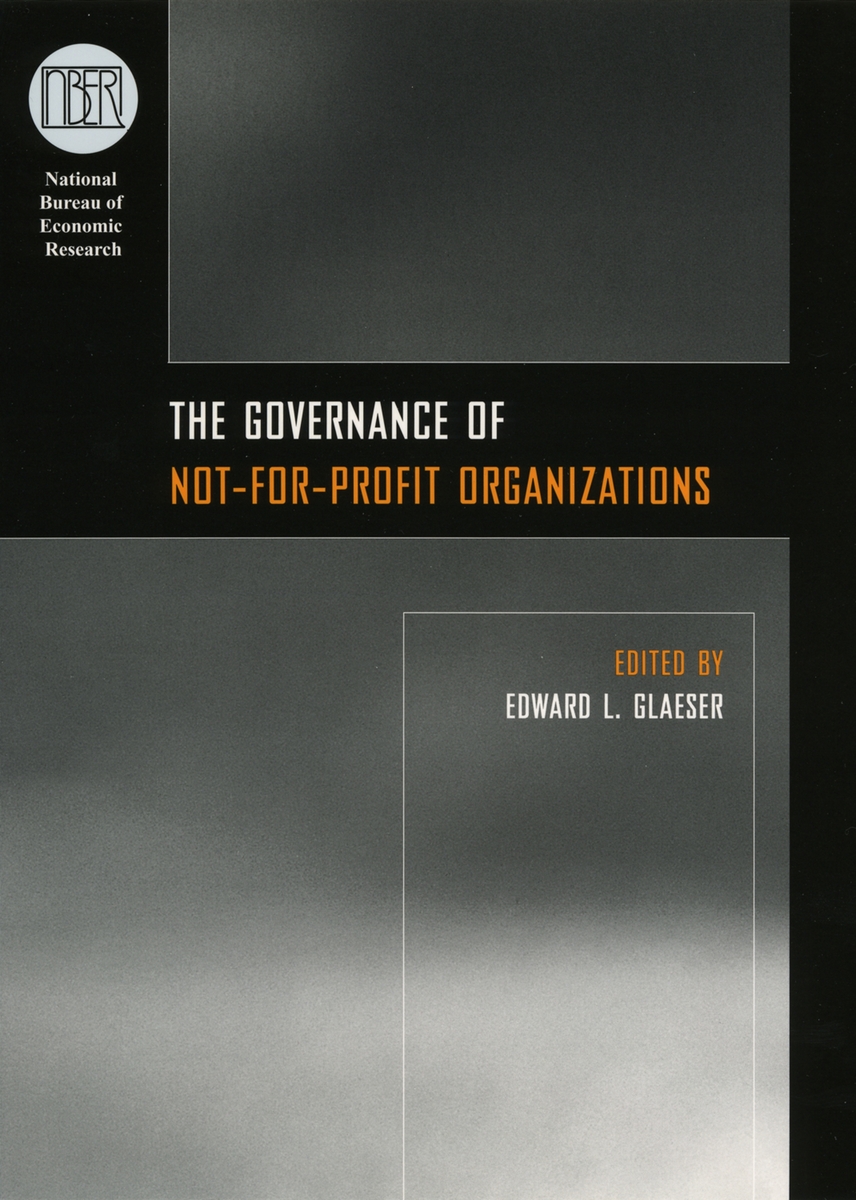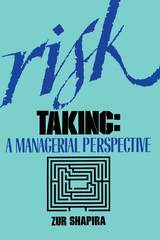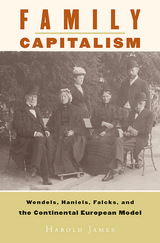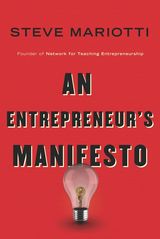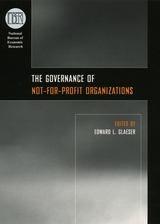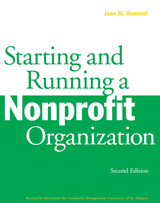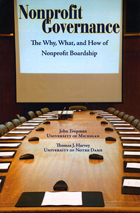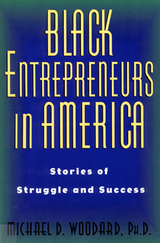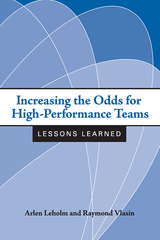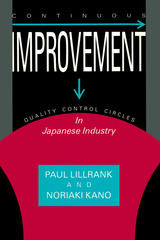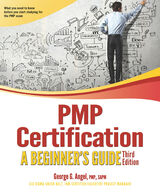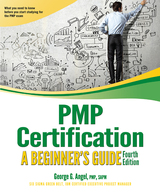The Governance of Not-for-Profit Organizations
University of Chicago Press, 2003
Cloth: 978-0-226-29785-9 | eISBN: 978-0-226-29786-6 | Paper: 978-0-226-29788-0
Library of Congress Classification HD62.6.G68 2003
Dewey Decimal Classification 658.048
Cloth: 978-0-226-29785-9 | eISBN: 978-0-226-29786-6 | Paper: 978-0-226-29788-0
Library of Congress Classification HD62.6.G68 2003
Dewey Decimal Classification 658.048
ABOUT THIS BOOK | AUTHOR BIOGRAPHY | TOC | REQUEST ACCESSIBLE FILE
ABOUT THIS BOOK
Not-for-profit organizations play a critical role in the American economy. In health care, education, culture, and religion, we trust not-for-profit firms to serve the interests of their donors, customers, employees, and society at large. We know that such firms don't try to maximize profits, but what do they maximize?
This book attempts to answer that question, assembling leading experts on the economics of the not-for-profit sector to examine the problems of the health care industry, art museums, universities, and even the medieval church. Contributors look at a number of different aspects of not-for-profit operations, from the problems of fundraising, endowments, and governance to specific issues like hospital advertising.
The picture that emerges is complex and surprising. In some cases, not-for-profit firms appear to work extremely well: competition for workers, customers, and donors leads not-for-profit organizations to function as efficiently as any for-profit firm. In other contexts, large endowments and weak governance allow elite workers to maximize their own interests, rather than those of their donors, customers, or society at large.
Taken together, these papers greatly advance our knowledge of the dynamics and operations of not-for-profit organizations, revealing the under-explored systems of pressures and challenges that shape their governance.
This book attempts to answer that question, assembling leading experts on the economics of the not-for-profit sector to examine the problems of the health care industry, art museums, universities, and even the medieval church. Contributors look at a number of different aspects of not-for-profit operations, from the problems of fundraising, endowments, and governance to specific issues like hospital advertising.
The picture that emerges is complex and surprising. In some cases, not-for-profit firms appear to work extremely well: competition for workers, customers, and donors leads not-for-profit organizations to function as efficiently as any for-profit firm. In other contexts, large endowments and weak governance allow elite workers to maximize their own interests, rather than those of their donors, customers, or society at large.
Taken together, these papers greatly advance our knowledge of the dynamics and operations of not-for-profit organizations, revealing the under-explored systems of pressures and challenges that shape their governance.
See other books on: Congresses | Glaeser, Edward L. | Governance | Management | Nonprofit organizations
See other titles from University of Chicago Press
